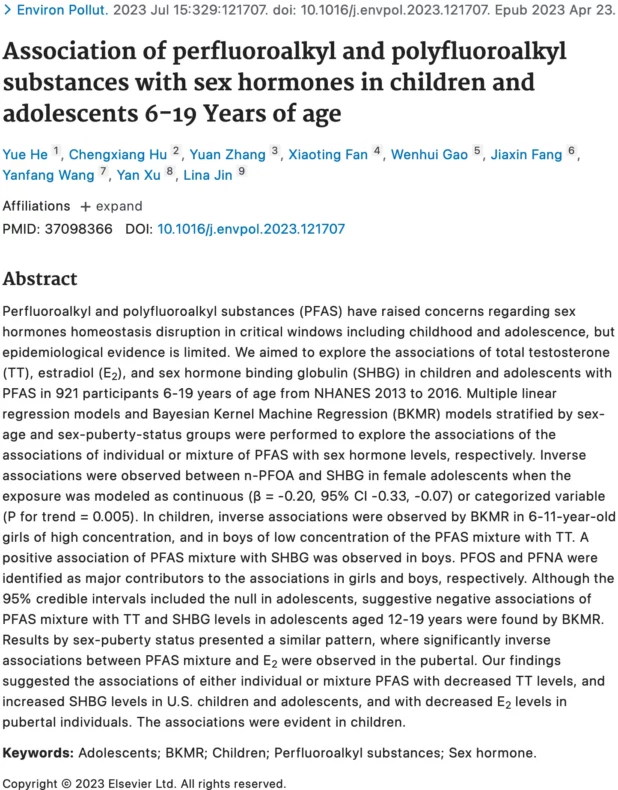We are basically more plastic than human at this point.
We do our best to avoid it as much as possible… but it’s just really not possible to avoid that much of it.
CNN:
“Life in plastic; it’s fantastic,” so the song goes, but in reality, plastics and the chemicals used to create them have been increasingly linked to numerous harms to human health and the environment. And with new plastic chemicals entering the market all the time, it’s been difficult for regulators and policy makers to determine the scope of the problem.
Now, for the first time, researchers have pulled together scientific and regulatory data to develop a database of all known chemicals used in plastic production.
It’s a staggering number: 16,000 plastic chemicals, with at least 4,200 of those considered to be “highly hazardous” to human health and the environment, according to the authors.
“Only 980 of those highly hazardous chemicals have been regulated by agencies around the world, leaving us with 3,600 chemicals that are unregulated — and these are only the known chemicals,” said Martin Wagner, first author and project lead of the PlastChem Report, released Thursday.
“There are many more unregulated chemicals that we’re just unaware of how they may be hazardous to our own health or the environment,” said Wagner, an associate professor of biology at the Norwegian University of Science and Technology in Trondheim.
The report is an important one, said pediatrician and biology professor Dr. Philip Landrigan, director of the Program for Global Public Health and the Common Good and the Global Observatory on Planetary Health at Boston College.
“It’s the most comprehensive catalog of the chemicals in plastics that I’ve seen today,” said Landrigan, who was not involved in the report’s creation.
Landrigan, however, was the lead author of a massive undertaking by the Minderoo – Monaco Commission on Plastics and Human Health, a global consortium of scientists, health care workers and policy analysts charged with following plastics from creation to final product.
In its March 2023 report, the consortium determined that “plastics are associated with harms to human health at every single stage of the plastic lifecycle,” Landrigan said.
“This new report underscores what we found: Plastics pose a very real threat to human health,” he added. “The plastics and the chemicals in them require a much tighter regulation than they have had up until now.”
…
The PlastChem Report report outlines a systematic approach to identify and prioritize chemicals of concern that can be used by agencies and regulators around the world, including those attending the April meeting of the International Negotiating Committee on Plastic Pollution. The committee is part of the United Nations Environment Programme, which has committed to developing a Global Plastics Treaty between 175 nations by the end of 2024.
“The most important criterion we used is toxicity,” Wagner said. “Many of these chemicals are known to be very toxic for human health or the environment. They are carcinogenic or mutagenic or toxic to reproduction. Some have organ-specific toxicity, typically the liver, as that is where many of the chemicals are absorbed from circulation.”
Other chemicals like phthalates, bisphenols, flame retardants and pesticides are also endocrine disruptors, interfering with the body’s hormones and contributing to obesity, low birth weight, gestational diabetes, some cancers, birth defects and neurodevelopmental disorders, Wagner said.
It’s amazing that this hasn’t trickled down to the normies by now.
They’re still talking about… what are they talking about?
Gaza, I guess.
Yeah, keep them talking about that. We’ll deal with the plastic thing later.
But… it’s gonna need to be dealt with. Aside from just shutting down production and burning the plastic that already exists, we are going to need new treatments to remove it from our bodies. We are also going to need to clean the water supply somehow. I have no idea how. It’s in the groundwater, the oceans, and everywhere else.


In addition to toxicity, the report characterized chemicals of concern by how long they stayed in the environment or the human body, Wagner said.
“The chemicals of concern we identified are also persistent, in that they don’t easily degrade in the environment; bio-accumulative, meaning they build up in the body over time; and mobile, which means they spread easily in drinking water or in the aquatic environment,” he added.



